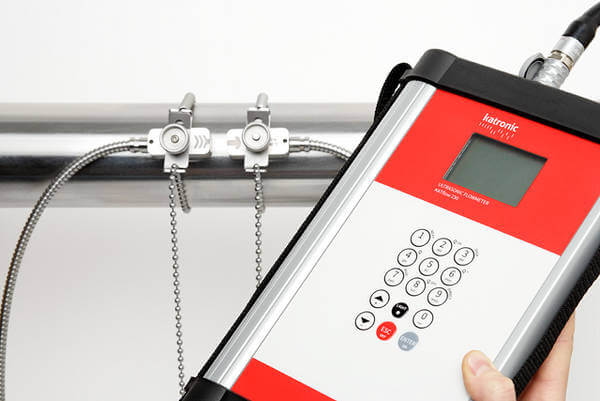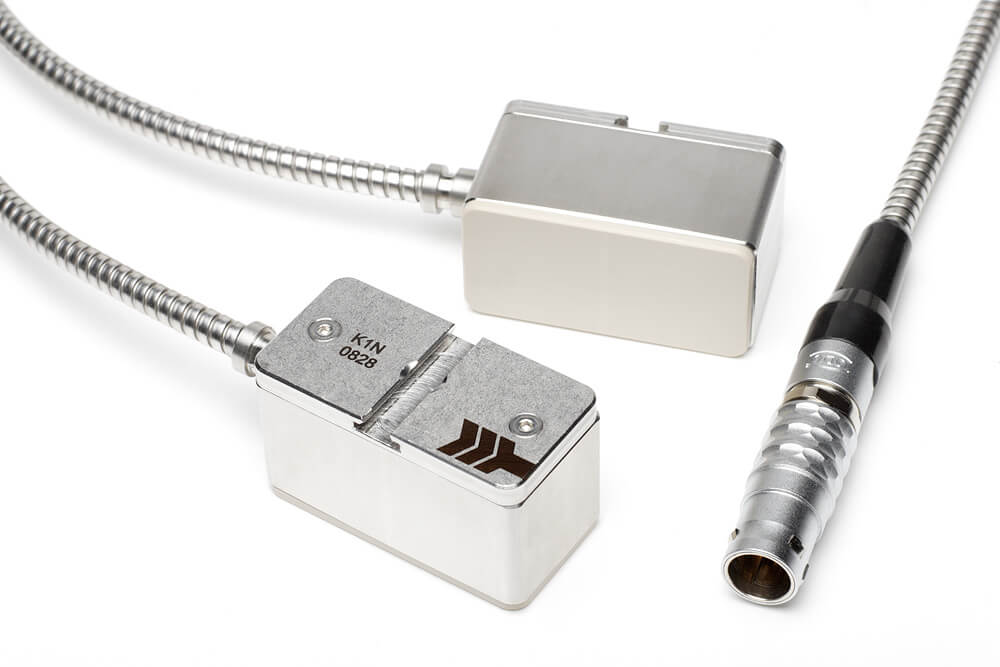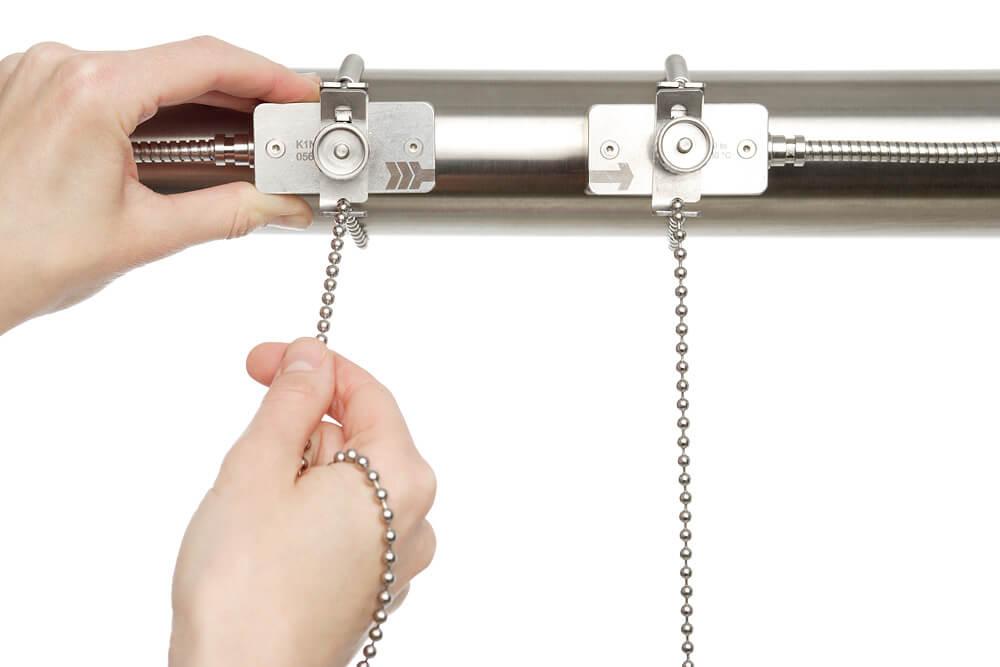Which part of an ultrasonic flowmeter is the most important, the meter or the sensors?
Andrew Sutton, Managing Director at Katronic Technologies Limited answers Frequently Asked Questions
This is a question that I have been asked on several occasions, admittedly asked in a variety of different ways: Which part of the system has the greatest impact on performance? The answer is actually not the one that people tend to think of first.
One of the things that we have always focused on at Katronic is the quality of our sensor construction. We make the majority of the sensors we sell out of stainless steel, with stainless steel conduit. We also more importantly take the step to use as few connections between flowmeter, cable and sensor as possible. This is especially important on portable devices, where there are connectors there is the possibility of wear and damage, especially at the sensor end. We therefore use potted sensors, and the only connector you will find is the stainless steel one that plugs securely into the flowmeter.
We do this as in our extensive experience users will respect and protect an electronic device but the passive part of the system tends to be dropped, trodden on, immersed and generally mis-treated. We therefore must ensure that our sensors are able to survive the slings and arrows of daily use. But does this make them the most important part of the measurement system?
There is then, of course the flowmeters themselves. Our instruments come in a variety of shapes and sizes to suit the application on which they are being used. This is where all the "clever stuff" is done. The meters have to process the raw time data down to one millionth of a second, apply the algorithms and flow profile corrects and turn this into a reliable measurement. This data then has to be displayed and output through any of the different communication devices that we provide. This is the part the customer sees, manipulates and benefits directly from but is this the most important?
My somewhat tongue in cheek answer to this question (and the reason I asked it) is that whilst the technology used will define whether one instrument is better than another, the most important part of the clamp-on flowmeter system is the person using it. The instrument is only as good as the information the human provides it with and ultimately the result only as good as the installation. Simply put, 'rubbish in = rubbish out', and no matter how good our flowmeters and sensors are, it is something unavoidable.
We take as many steps as we can to make our instruments easy to navigate and understand. Through our Sensor Positioning Assistant we also take every possible step, both visual and audible to make the process of mounting the sensors to the pipe as simple and accurate as possible but there will always be time where the human has the chance to intervene and derail this process.
During the 20 years that I have worked in the industry I have seen many examples of where the human/flowmeter interface has not worked as smoothly as we would have liked. This is one of my favourite images from our "Why is the flowmeter not working?" discussions. The customer had carefully followed all of our instructions only to fall at the final hurdle and mount the sensors upside down. I may in the future dip into the archives to produce a "How not to do it" article but for the short term it would suffice to mention that this individual is not alone in finding interesting ways to bypass our carefully constructed installation guidelines.
So what would I recommend as a tick list for anyone looking at a clamp-on flowmeter as a suitable measurement solution?
- Be as accurate as you can with outside diameter and wall thickness, if in doubt, check.
- Respect the recommended installation spacing of the sensors and if you find a significant difference look to what could be causing it.
- Make sure that the pipe is fully flooded and flowing at the time of commissioning.
- Accept that as with all flowmeters, installation condition will impact performance and therefore you should factor in proximity to disturbance sources into your expectations for the device.
Finally if you have any concerns see whether your supplier is able to provide a pre-purchase demonstration of the technology. We at Katronic offer onsite demonstrations as we find it very useful to help us provide the right instrument for the application, and also for the customer to understand how to get the most out of the flowmeter that they are buying.
Contact us on info@katronic.co.uk with any questions that you might have.

 Overview
Overview Oil and Gas
Oil and Gas Manufacturing and Process
Manufacturing and Process Food and Drink
Food and Drink Building Services
Building Services Aircraft and Aerospace
Aircraft and Aerospace Chemical and Petrochemical
Chemical and Petrochemical Power Generation
Power Generation Marine and Shipbuilding
Marine and Shipbuilding Water and Wastewater
Water and Wastewater Pharmaceutical
Pharmaceutical Flowmeter Hire and Rental
Flowmeter Hire and Rental Measurement Service
Measurement Service Training
Training Commissioning
Commissioning Special Solutions
Special Solutions

